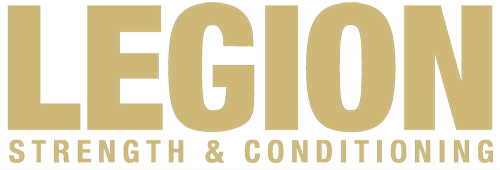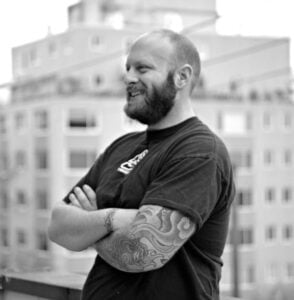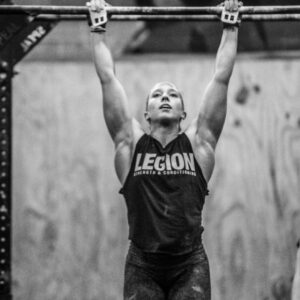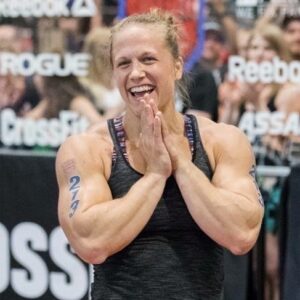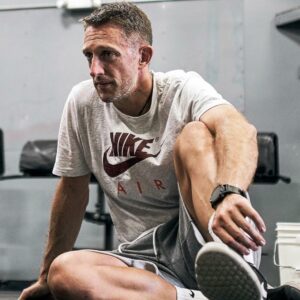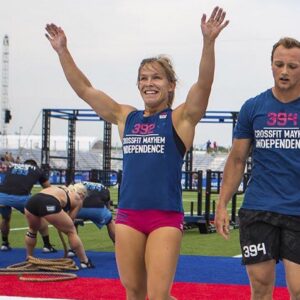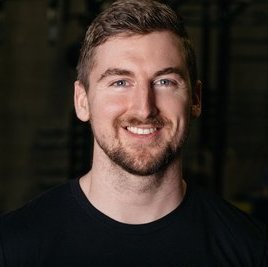Many coaches diligently apply the recommendations and best practices that they’ve learned from certifications, mentors and the vast world of internet fitness information…only to see athletes fail to achieve the promised results.
Is it because athletes aren’t compliant?
Or because they’re not focusing enough or trying hard enough?
What’s the secret sauce that’s missing?
Anyone who has coached for awhile has had these feelings – and, at some point, you realize that real life is much more complicated than a lot of fitness information makes it seem. And, that a lot of the protocols and advice out there simply do not work as advertised for most people.
In this conversation with Phil Mansfield and James Jowsey of RedPill Training (probably best known for coaching Sara Sigmundsdottir and Samantha Briggs, respectively), we cover some of the most common misconceptions regarding coaching athletes to improve their movement patterning and mobility, as well as their mindset towards working on the “little things” in training that aren’t always fun or sexy.
Check out the full conversation with Phil and James to learn:
- How to recognize the root causes of your “mobility” problems – what you think of as tightness may actually come from a lack of stability
- How athletes should progress through the process of correcting dysfunctional movement patterns or returning from injury – since it’s not as simple as doing some glute-band exercises, nor is it about just throwing some weight on the bar and jumping right back into high rep squat snatches and burpees.
- Why overcoaching is not just Phil’s pet peeve, but can be toxic to athletes – “If you need someone to shout at you to do five more reps, you’re not going anywhere anyway.”
Listen below – or in the podcast player of your choice.
Listen Here
- iTunes
- Overcast
- Google Podcasts
- mp3
- Or stream here:
- If you’re enjoying the show, why not a leave a review? It makes a difference in terms of other people finding the show.
Check out more from Phil, James and RedPill Training
- Instagram: @philmansfield_msi | @jamesjowseytraining | @redpillcoach
- Website: www.redpilltraining.com
- YouTube: @redpilltraining
- Podcast: www.redpilltraining.com/redpill-pod
Show Notes
- [0:31] Clarifying the mobility/stability continuum in fitness athletes. “When we walk on ice, we have a smaller step than we do when walking on a stable floor”
- [16:46] After going through an assessment, how do you work in corrective work for things that come up as a problem? And, the difference between “can’t get into” vs “can’t get out of” range of motion problems.
- [26:11] How do you peel apart an assessment when someone has a range of motion in an unloaded situation (like reaching overhead with their arm) but struggles to achieve that position in a loaded situation (like hanging from a pull-up bar)?
- [32:14] “The functional continuum” – how to return to sport from an injury, correct dysfunctional movement patterns, and move well under high metabolic fatigue
- [39:31] How do you get buy-in from high-level athletes to take steps backward and work on basics?
- [48:31] “If you need someone to shout at you to do five more reps, you’re not going anywhere anyway.”
- [57:58] How do you structure an environment for competition amongst competitors? And how much competition do you encourage between athletes?
